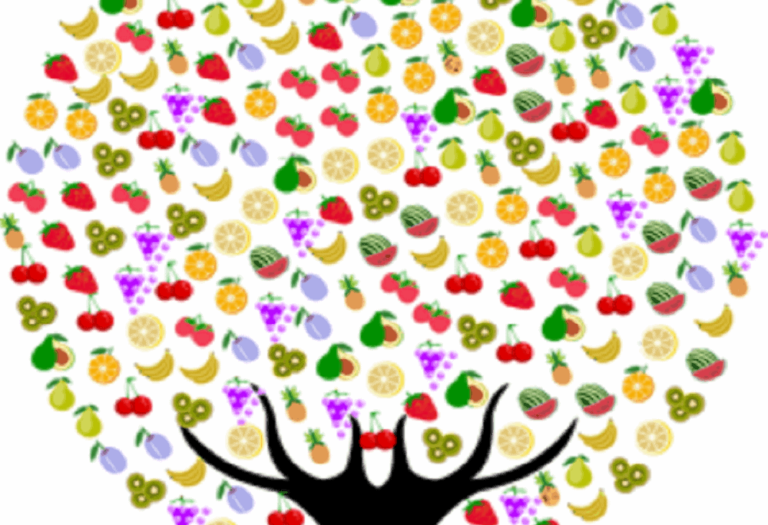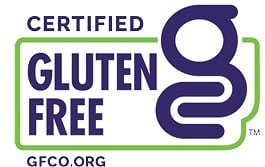
The special dietary needs market includes wheat and gluten-free, peanut-free, tree nut-free, soy-free, dairy-free, egg-free, and shellfish-free. The current estimate is that 90% of food allergies in the United States are attributed to this shortlist of products. It has changed dramatically since the 1900s. We never imagined that food allergy and intolerance awareness would become the considerable dietary and social movement it has become today.

Until the early 2000s, celiac disease (and, by extension, any degree of gluten intolerance) was a little-known phenomenon. As late as 1999, medical textbooks reported that the incidence of celiac disease was 1 in 10,000 people, and that rates were declining. But Italian doctor Alessio Fasano didn’t believe it. He undertook the first large-scale study ever done on celiac disease in the United States. In 2003 he published his results suggesting that 1 in every 133 Americans had celiac disease. By comparing blood samples from the 1950s to today, Dr. Fasano found that modern teenagers are five times as likely to have celiac disease.
When Wholesale Nuts And Dried Fruit started in 2007, gluten-free was seen more as a fad. There were just a handful of companies focusing on gluten-free (as opposed to the thousands that do so today). Also, awareness of special dietary needs was minimal. The companies that were making gluten-free products weren’t using certified gluten-free facilities. Also, farms delivering organic products would transport the organic ingredients and gluten ingredients. There was no demand to protect customers from a broken food system.
The current estimate is that 18 million Americans have some degree of gluten sensitivity. Most know what the gluten-free label means. The demand is growing.

With any quickly growing industry, federal regulations and guidelines are just now getting underway, with proposed limits for a certified gluten-free label. We are trying to achieve a Non-GMO Verification and USDA Organic Certification status, even though that is very challenging. The leader of Gluten Free certifications is a nonprofit called the Gluten-Free Certification Organization, which manages the most-recognized third-party accreditation and audits. But there is no unification of all of these certification organizations. Let’s look at other common allergens. The current estimate is that 1.5 percent of the population has a peanut allergy. But there is no single verification body for peanut free in America. We sell bulk walnuts and bulk peanuts, but we want to make it clear to customers that they are always stored and handled separately.
These special-needs diets are also experiencing tremendous growth. If you remove the customers allergic to gluten, peanuts, and lactose, approximately 15 million Americans have a diagnosis of food allergies.